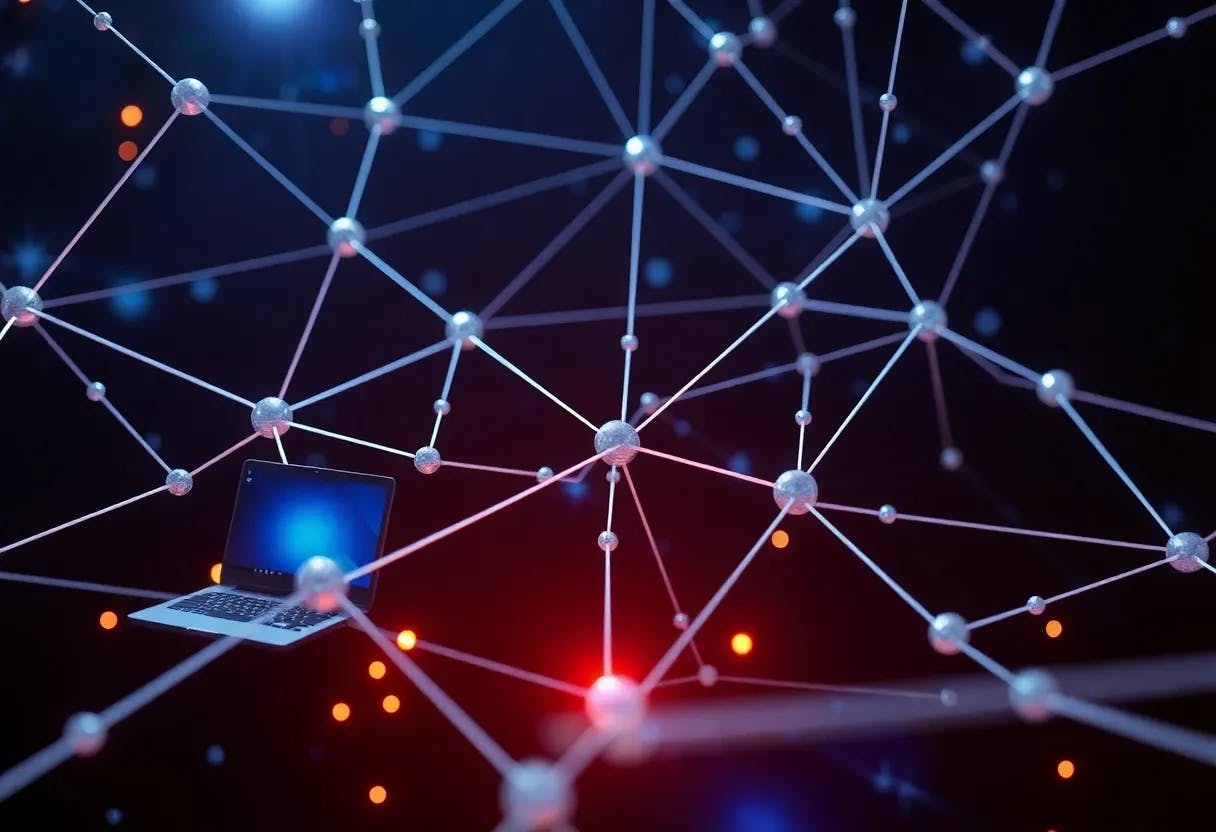The Future of the Internet is Community Driven

Picture this: Your favorite item pops up on your screen while you’re doomscrolling on your favorite media page, and in between, you’re getting the hottest gossip from your friend group. From one app to another, it is just you going about your normal day, engaging in activities of interest. At this moment, you are absolutely in control, occupying the status of a user who is not controlled by an algorithm or subjected to a data center accessing your data.
This is what a decentralized internet would feel like, and while it might sound like something out of your fantasy, it is a very real possibility and closer to reality than you think. Curious about what a decentralized internet really means or how it works? Keep scrolling as we dive not just into this, but also into how the online space is poised to evolve with a power shift from corporations to communities.
The Power Transition: Today’s Internet to Tomorrow’s Web
The global village that currently exists does not allow for as much freedom as expected. With the evolution of applications like Google, Amazon, and Meta, among others, the internet is dominated by these corporations. By default, users engaging with these platforms grant them the power to control the experience and manipulate the data shared, ultimately shaping what we see and believe.
This series of actions forms what we call the centralized internet. Think of it as a row of tall bushes obscuring farmers as they try to navigate their path. A route can be made, but the bushes still dictate the direction. In the next chapter of the internet’s evolution, this corporate-dominated landscape is giving way to a new web—one carried by communities, not corporations.
How Would a Decentralized Web Work?
A decentralized web or internet cannot function optimally if certain actions are not put in place. What makes it work?
1. Distributed Ledgers and Blockchain: The center of the entire decentralized internet is a blockchain network. This network offers a trustworthy and secure digital ledger shared by thousands of interconnected computers making it difficult for a single entity to change things.
2. Peer-to-Peer Networks: This offers a platform where users connect directly with other users without help from middlemen. It makes it easier to engage without feeling like actions were influenced by external parties.
3. Decentralized Storage: InterPlanetary File System platforms allow users to share files or other important media across a network of peers through other platforms besides Google Drive or iCloud. Through this, content is available across the web and you don’t have to worry about losing media as a result of a server crash.
4. Decentralized Identity: Access to services—and everything related—can now happen without the need to divulge private data. This is made possible through the integration of technology that enables a secure, portable identity, eliminating the need to remember multiple usernames and passwords.
YOU + Decentralized Internet
Following all of the actions needed for the decentralized internet to thrive, it is important to ask: what would this look like for you?
- Exploring applications and adding to your browser history without ads tracking your clicks.
- Collective trust score system for viewing news on a platform devoid of profit-driven algorithms.
- Owning your posts in the sense that you take your data with you at every point you exit the social platforms.
- Instant and borderless crypto credits to any entity without compulsory inclusion of middlemen, banks, or unnecessarily long transaction timeframe.
- Acting as a key stakeholder in your favorite game, not just a player, through discussions within a Decentralized Autonomous Organization.
These actions show a transition from faceless companies owning your data to communities being in charge of their data without strict surveillance.
Real World Impact of a Decentralized Internet
It sounds like a fun and cool concept, but beyond the glamour, it genuinely addresses real problems. For instance:
- New Economic Models: It introduces easier ways for individuals in this ecosystem to earn. A strong example is how it eliminates the bottleneck of middlemen taking up to 45% of earnings.
- Censorship is Harder: It becomes nearly impossible for any single group to control narratives or silence speech in a decentralized internet.
- No Single Points of Failure: Simply put, the decentralized internet is built in such a way that the web doesn’t go down due to server glitches. It stays active and running.
- Privacy Returns to the People: No faceless tech corporation decides what data you share or who gets access to it. You remain the primary decision-maker.
Limitations of a Decentralized Internet.
With all the pros of a decentralized internet acknowledged, it’s important to highlight some of its cons:
- It’s not exactly a beginner-friendly network, as user interfaces and password recovery still appear to be unclear.
- It also faces scalability issues — the system can become slow and clogged under heavy use.
- Legal gray zones persist, meaning government agencies may not be thrilled about relinquishing control.
From taxation to copyright enforcement to essential services, the decentralized internet still presents significant challenges.
What the Future Holds
As a global village evolving with so many concurrent technological advancements, the transition to a decentralized internet is already happening. The process is gradually taking shape with tools needed to fuel growth gaining traction.
This internet is set to gain more trust and repute. Users move from choosing not only what they click but what the outcome per data sharing is like. They assume the position of stakeholders and not just products.
The decentralized internet is set to champion a web not only after profit but for the people. Through its implementation, there is a certainty of more control, purpose, and privacy for users. This is a step to launch users into becoming owners and citizens of this new web.